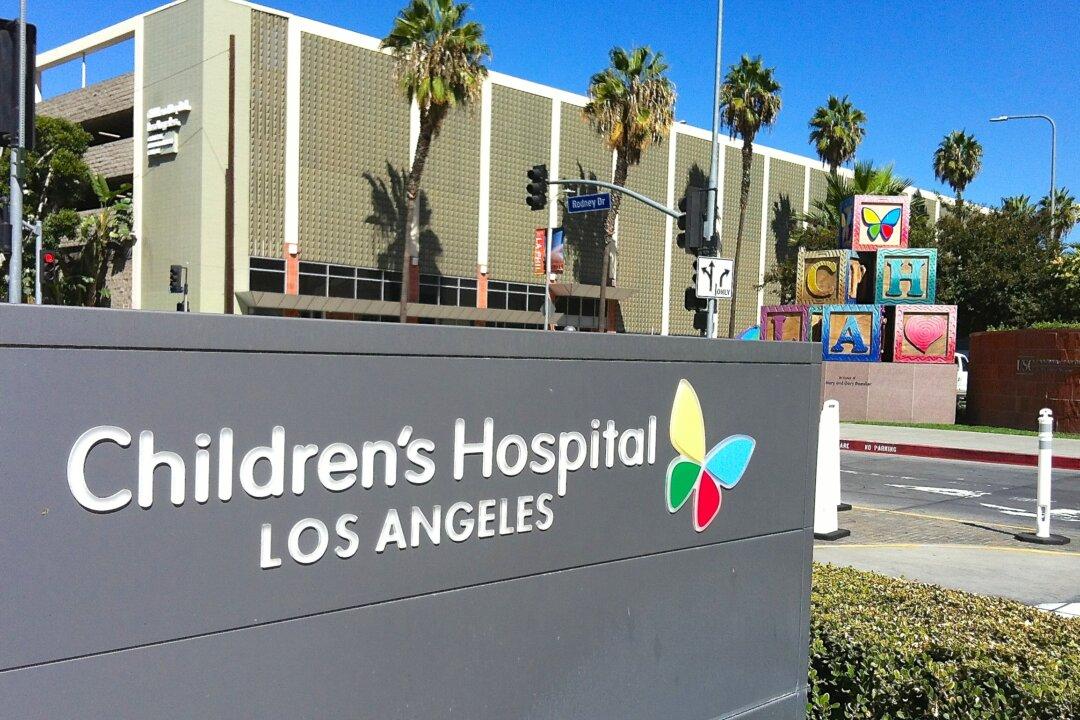LOS ANGELES—Two children in Los Angeles County have been diagnosed with enterovirus D68 as of Thursday, according to county officials. An infant was hospitalized in Long Beach, and a child between the age of five and 10 years old was sent to the Children’s Hospital in Los Angeles.
The enterovirus also raised concerns after a number of children with the virus, including the one at Children’s Hospital in L.A., experienced severe muscle weakness or paralysis.
“This particular child that was admitted at Children’s Hospital Los Angeles was a child that was previously healthy who developed cold-like symptoms that resolved, and then woke up with paralysis of a limb a week later,” said Pia Pannaraj, Pediatric Infectious Disease Specialist at the hospital, who treated the child.
The child stayed in the hospital for two and a half to three weeks and regained some strength in the limb, but has yet to completely recover.
Scope
The virus has been spreading rapidly across the country since mid-August and has been detected in 43 states, with over 500 confirmed cases, according to the Center for Disease Control and Prevention. Four people who have died tested positive for the enterovirus, but it is unclear if the virus had anything to do with their death.
Enterovirus diseases are quite common, but usually only manifest as the common cold. Less than one percent usually result in paralysis or severe illness, but the exact numbers for EV-D68, one of the many strains of enterovirus, are not yet known.
“There are probably thousands and thousands of children every year, hundreds of thousands perhaps, who get enteroviral infections, and the only children that are getting tested are those that have severe disease,” said Interim L.A. County Health Officer Dr. Jeffrey Gunzenhauser.
This particular strain of enterovirus was originally identified in 1962 in California and caused a few isolated outbreaks, but did not affect very many people.
“This year it’s quite possible that the virus mutated somehow, so that it’s more easily transmitted from person to person, and that’s why we’re seeing much more of it,” said Pannaraj.
Symptoms
Enteroviruses are known to peak in the late summer and fall seasons. Since this outbreak has come to the Los Angeles area, Pannaraj says she expects the number of cases to increase in the short-term, and then taper off at the end of the season.
Symptoms of EV-D68 include runny nose, sneezing, coughing, body and muscle aches, and in severe cases, wheezing and trouble breathing. Children are most susceptible, and those with a history of asthma or wheezing even more so.
There is no specific vaccine or treatment for people with respiratory illness caused by EV-D68.
The virus is usually spread through phlegm or mucous so adults and children are advised to wash their hands frequently and avoid touching their face. Parents should watch out for signs of weakness or difficulty breathing in their children, especially if they have asthma.






